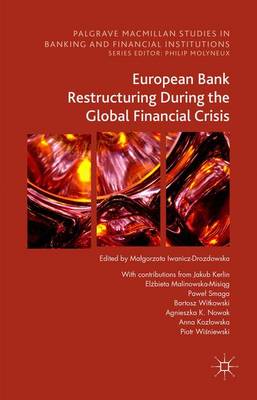Palgrave Macmillan Studies in Banking and Financial Institutions
2 total works
The Role of Deposit Guarantee Schemes as a Financial Safety Net in the European Union
by Jakub Kerlin
This book examines the changing role of Deposit Guarantee Schemes (DGSs) as a financial safety net of the European Union, with specific emphasis on post-crisis reforms. The author identifies the institutional weaknesses of DGSs and analyses their functioning in post-crisis conditions. Readers discover the extent to which the participation of DGSs in bank resolution increases effectiveness, and whether such enhancement of the financial safety net allows for the liquidation of large financial institutions. Finally, the book identifies, categorises, and analyses possible forms of involvement of DGSs in the EU resolution, as well as the proposal of methods for the quantitative measurement of the preparedness of DGSs to participate in this process.

